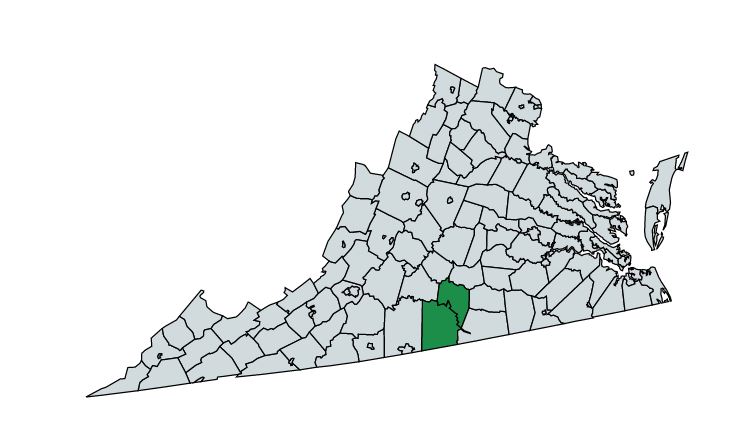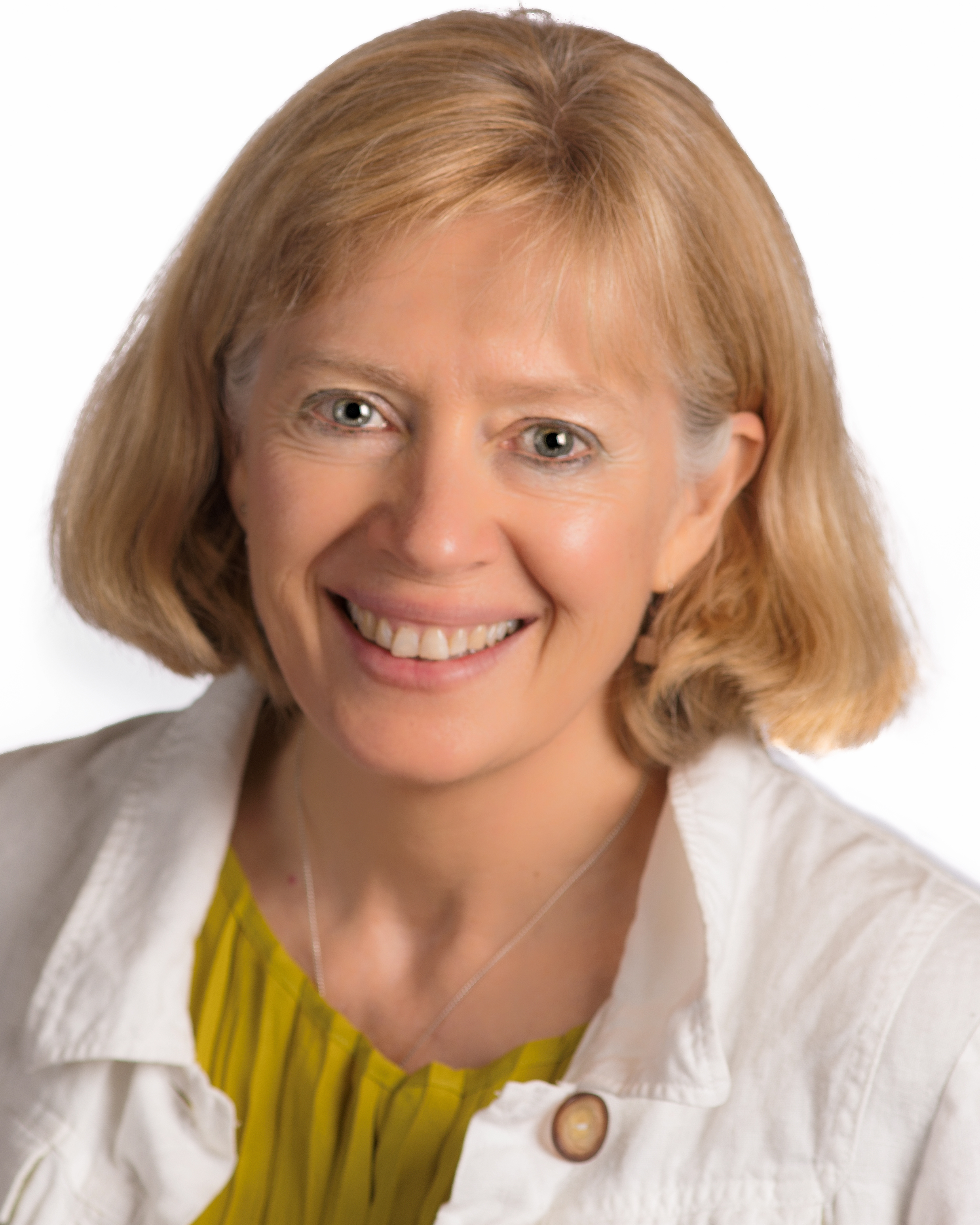The Weatherization Assistance Program (WAP) has been around for over 40 years and has served over 7.4 million households, saving families money and making their homes healthier and safer. From the very beginning of the WAP’s history, women have been a driving force in weatherization. This post is part of a month long feature for Women’s History Month. Each post will highlight a few of the women working across the country in the Weatherization Assistance Program. You can join the conversation on social media with the hashtag: #WomenOfWAP
Featured in this post…
Tamela Owen– Housing Services Director, Tri-County Community Action,Virginia
Amanda Hatherly- Director, EnergySmart Academy, New Mexico
Arleen Novotney- Executive Director, ACCES, California
Tamela Owen
Housing Services Director, Tri-County Community Action Agency, Inc., Virginia

1.How did you first get interested and involved in weatherization?
I became a Class “A” licensed contractor during September of 1998. During this time, I was doing office work for my father’s business, as he has been a licensed contractor since I can remember. Once I became licensed, he and I together took on I.P.R. (indoor plumbing and rehabilitation) projects. Always wanting to be of service to others, I became interested in the different agencies we partnered with and their ability to help others through various programs. Once I learned of the opportunity to join my own community’s agency, I felt excited to apply and I remain grateful to have been given this chance at helping others.
2.Tell us about your current and past roles in the WAP.
Currently, I serve as Tri-County Community Action Agency’s Housing Services Director, where our Weatherization Assistance Program serves both Halifax and Charlotte counties.
3.What is it like being a woman in weatherization? Advantages? Challenges?
An advantage to being a woman in weatherization is I am able to personally relate to most homeowners. This is due to the fact that we meet more female heads of households than male and in cases where there is a couple sharing the household, the woman’s decisions seem to be held in high regard. Being a woman in weatherization might also pose some challenges. For example, our crew consists of all males. My experience has been that males prefer to be advised or managed by another male, especially if that is what they are accustomed to. Time, however, helps in this area. While some may refer to it as proving oneself, I see it as demonstrating that I was and remain the best choice for the job.
4.Why do you work in weatherization? What about your job makes you excited to go to work in the morning?
I work in weatherization because as Shirley Chisholm stated, “Service to others is the rent I pay for my room here on Earth.” Tri-County Community Action Agency, INC. and its weatherization program has granted me the opportunity to serve others by ensuring that homes are made healthy and safe environments to live and thrive in. This, in turn, helps to strengthen communities that initially saw not a glimmer of hope. Families may now feel warm on winter nights, without the fear of not being about to pay the next electric bill. Energy savings could also mean an increase in money for a grocery bill. These are a couple of outcomes that excited me about arriving at work each morning.
5.Do you have advice for other women interested in joining the weatherization field?
My advice to other women with an interest in joining the weatherization field is simply, do it if you are waiting to make a positive difference in the lives of others!
Amanda Hatherly
Director, EnergySmart Academy, Santa Fe Community College, New Mexico

1.How did you first get interested and involved in weatherization?
I wanted to work in the energy efficiency field because of my concerns about climate change. Once I learned about weatherization and its mission to help low income people as well as saving energy, I was hooked.
2.Tell us about your current and past roles in the WAP.
I started off teaching weatherization classes at Santa Fe Community College. When New Mexico received funding to create a weatherization training center, I was asked to be the Director. I have been in this position now for 7 years.
3.What is it like being a woman in weatherization? Advantages? Challenges?
I love it – the people working in weatherization are inspiring and compassionate and work hard. I have always felt respected and accepted. Maybe an advantage is that there are relatively few women so we stand out a bit more.
4.Why do you work in weatherization? What about your job makes you excited to go to work in the morning?
Knowing that my work contributes to energy savings and a safer, more comfortable home for low income people at the same time as helping with climate change makes me love going to work every day. Plus, the people I interact with in this field are the best!
5.Do you have advice for other women interested in joining the weatherization field?
My advice – JOIN US!
Arleen Novotney
Executive Director, Association of California Community & Energy Services (ACCES), California
1.How did you first get interested and involved in weatherization?
I was a VISTA volunteer in 1981, and they assigned me to senior weatherization. I had to find a way to get the homes of seniors weatherized. I got trained by a local WAP contractor in Los Angeles and weatherized about a dozen homes.
2.Tell us about your current and past roles in the WAP.
I worked in WAP from 1982-2002 as a crew person, intake, assessment, lead inspector and the manager. I am now a part of the Low Income Energy Efficiency Provider Network in California. ACCES provides networking and other leveraging programs as HE washers, toilets, solar water heating and have had large multi-family solar. These programs work in conjunction with WAP the other weatherization programs. I also work with Energy OutWest to put on THE low-income weatherization conference in the US.
3.What is it like being a woman in weatherization? Advantages? Challenges?
At first it was interesting, because energy programs were still new. Only WAP existed, at an LA agency we weatherized only 40 homes in 1982. Now thousands are weatherized in this city every year. There are many opportunities in California for women to work in this field. The utilities and other state programs have put funds into providing low-income energy efficiency. They are always making sure that there is equity for all to access all energy efficiency programs including renewables.
4.Why do you work in weatherization? What about your job makes you excited to go to work in the morning?
Working to help save GHGs and improve our way of living is the best. Providing services through a network of providers that make sure the disadvantaged communities receive the benefits of WAP and other programs can’t be beat.
5.Do you have advice for other women interested in joining the weatherization field?
This is one of the best opportunities to help our planet in a way that helps the people living on it. There are rewards to this that benefit everyone and especially you.





